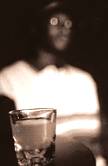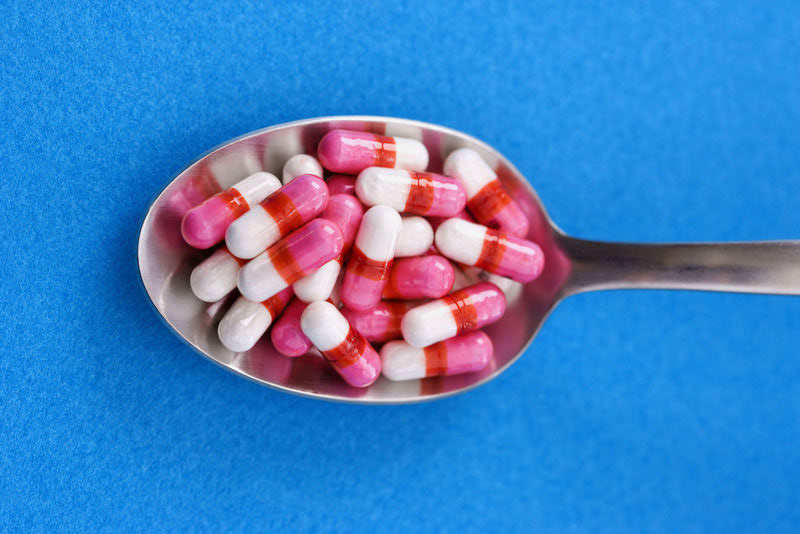
WEDNESDAY, March 10 (HealthDay News) — U.S. scientists say they’ve learned new details about molecular mechanisms associated with alcohol addiction and relapse. The findings could lead to new treatments for alcoholism.
The University of California, San Francisco researchers gave lab rats free access to alcohol or sugar for nearly two months, followed by a few weeks of abstinence. The rats who had consumed alcohol, but not those that had consumed sugar, showed increased electrical activity in a part of the brain called the nucleus accumbens (NAcb) core, which plays a role in motivation and goal-directed behaviors.
This increased activity in the NAcb core after abstinence resulted from the inhibition of small-conductance calcium-activated potassium channels (SK).
Futher tests showed that drug-induced activation of SK channels resulted in greater inhibition of NAcb activity in the alcohol-abstinent rats and significantly reduced their desire for alcohol. This type of effect did not occur with sugar-abstinent rats.
The results indicate that decreased SK currents and increased activity in the NAcb core play a critical role in alcoholics’ relapse after quitting drinking, said the researchers.
The study appears in the March issue of the journal Neuron.
“Our findings are particularly exciting because the FDA-approved drug chlorzoxazone, which has been used for more than 30 years as a muscle relaxant, can activate SK channels,” senior author Dr. Antonello Bonci said in a UCSF news release. “Although SK channels are not the only target of this drug and it can present a variety of clinical side effects, it provides an unexpected and very exciting opportunity to design human clinical trials to examine whether chlorzoxazone, or other SK activators, reduce excessive or pathological alcohol drinking.”
More information
The U.S. National Institute on Alcohol Abuse and Alcoholism has more about alcohol problems.

